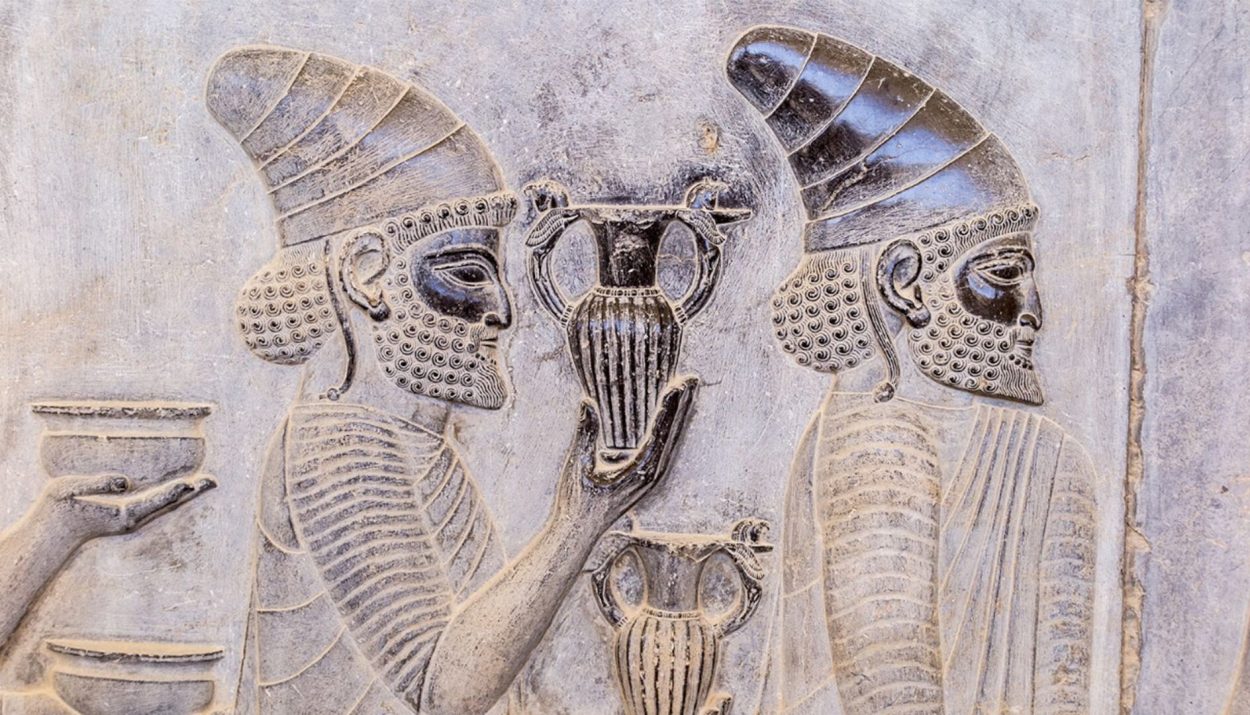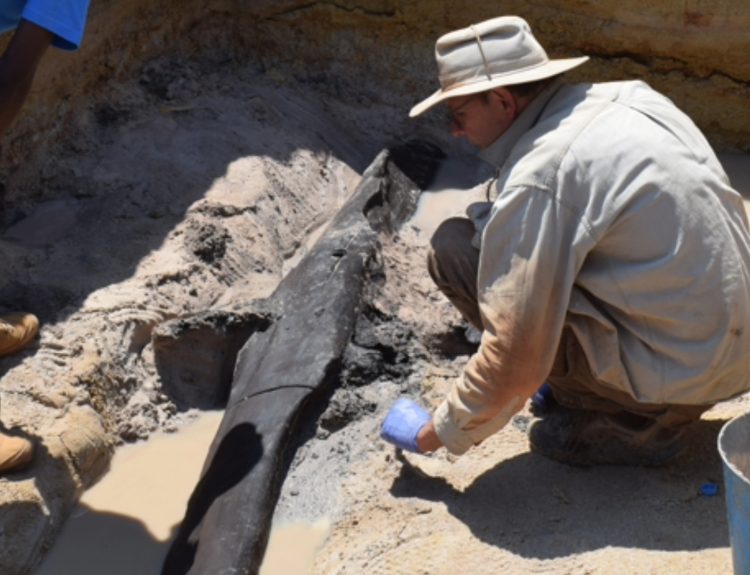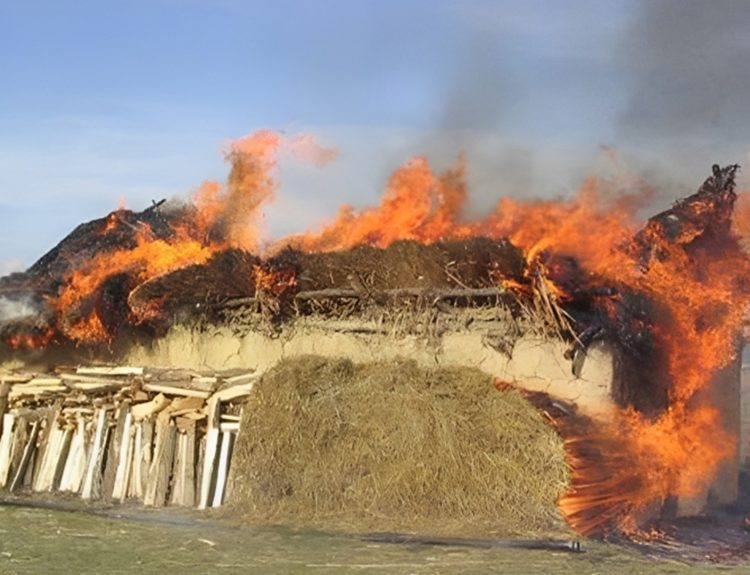The Persian Empire covers a series of dynasties that were centered around modern-day Iran which stretched from the 6th century BC and into the 20th century. The first Persian Empire was founded by Cyrus the Great and grew to become one of the largest and most powerful empires in all of history. From there, the empire evolved considerably throughout its numerous dynasties, establishing itself as a global power, and shaping the course of history.
The Individual Who Started It All
In its infancy , the Persian Empire was composed of tribes that all lived in the Iranian plateau who brought up livestock and lived a somewhat nomadic lifestyle.

There was a ruler of one of these tribes by the name of Cyrus the Great, he started defeating neighboring kingdoms, this included Lydia, Media, and Babylon. He then brought the tribes together and began forming the first Persian Empire, otherwise known as the Achaemenid Empire in 550 BC. The Achaemenid Empire, or the Persian Empire, quickly established itself as the world’s first inaugural superpower, stretching across Mesopotamia, Egypt’s Nile Valley, and India’s Indus Valley.
A Melting Pot Of Different Cultures
Many might make the assumption that Cyrus the Great may have forced his newly formed empire to change their way of life and adhere to their ways of doing things. However, this didn’t end up being the way things necessarily transpired, in fact it was quite the opposite.

The Persian people allowed those who they conquered to continue practicing their cultural differences and their own unique ways of life. Naturally there was a catch, they were required to pay their taxes and strictly obey their Persian ruler. As a result of this, the Persian empire was a melting pot of different people and cultures.
Their Religious Practices Were In The Monotheistic Religion
Persians are known for being one of the first people to follow a religion known as monotheistic. Zoroastrianism is an ancient religion that was created by an ancient spiritual leader by the name of Zoroaster, and many Persian people in the empire followed it.

Despite the Persian Empire being very diverse in both culture and religion, many people consider Zoroastrianism to be one of the most defining aspects of the empire.
The Creators Of The First Human Rights Charter
The Greeks are known for creating democracy, but this didn’t mean that they were too concerned with their peoples human rights. Persians would actually be the ones that created the first human rights charter, which was ordained by Cyrus the Great in 539 BC.

Shaped like a cylinder, what was inside wasn’t what we would find in today’s day and age about its human rights. This cylinder, which was written in the Akkadian language and known as the Cyrus Cylinder, goes over concepts like equality for all races, languages, religions, and more.
They Were In Control Of Nearly Half The World’s Population
By 480 BC, the Persian Empire boasted a population was over 50 million people. There were approximately 112.4 million people in the world at that time, and the Persian Empire had control of about 44%.

Although it started out small, it didn’t take very long before they expanded into places like Central Asia, the Mediterranean, North Africa, and some European territories. They conquered everything in their path, expanding their empire with every stride. To this day they hold the record for the highest population of any empire in the world’s history.
They Established A Bureaucratic System Of Ruling
Naturally an empire that was as big and powerful as the Persian Empire was, it was imperative for them to have a strong and efficient government system. They made the class divisions in the Persian Empire blatantly clear. The King of Kings or the Kin, was the ruler of the entire empire, and the empire was divided into provinces. Each province was in turn ruled by a governor known as “The Satrap.”
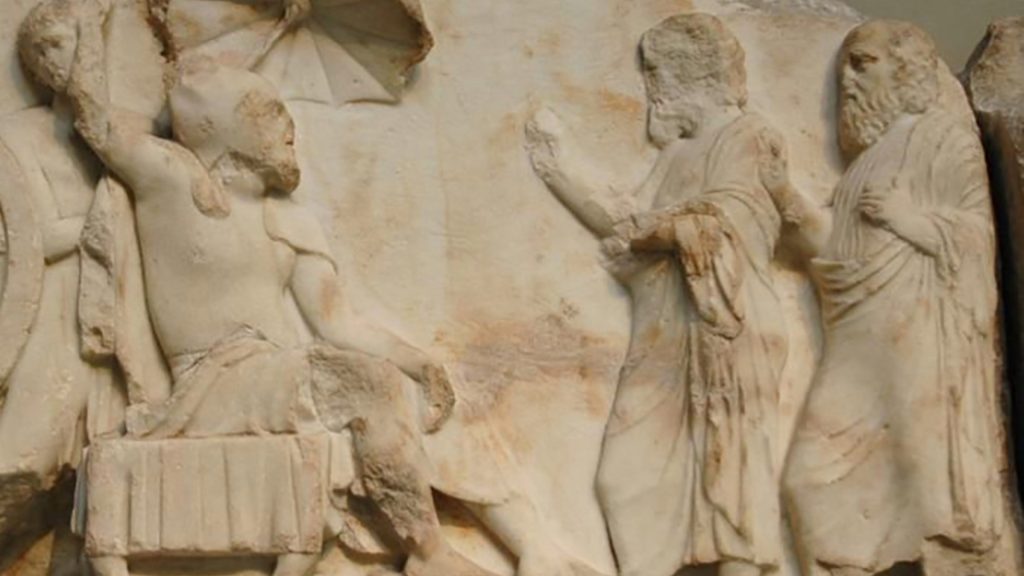
Initially King Darius introduced this system in an effort to make sure that no one region became too powerful, he didn’t want anyone gaining power over him.
The Concept Of Paradise Was Introduced By The Persians
During the Achaemenid Dynasty they started creating stunning gardens all throughout the empire, these gardens were known as the Paradise Gardens. The English word paradise came from the word “pairi-daeza”, which means beautiful, which is where the English language got the word paradise.

The purpose of these gardens being built was so they had somewhere to escape the harsh climate conditions that they lived in.These gardens were originally founded by Cyrus the Great, and they were a refuge for both humans and animals alike, making these gardens a true paradise.
They Valued The Color Purple
One of the most sought after materials by Ancient Persia and even the King of Kings was purple dye. In most cases the dye was derived from the murex shells that were found in the ocean, which were extremely expensive. It’s said that this natural and Supposedly, this natural and “pure” dye was so desired by royalty and the nobles, that even the more cost efficient options were still too expensive for the common people.

People would often hoard the clothes that contained this purple because of the value of them, they didn’t want to risk losing them or ruining the item. Alexander the Great found one of these stashes and gave each one of his close companions a purple colored cloak as a gift.
One Of The First People To Discover Refrigeration
We can’t definitively say that modern day refrigerators came from the Persian Empire, but we can certainly confirm that they were very creative and innovative. They were the inventors of a technology they called Yakhchals, which translates to mean “ice pit,” and were used to preserve food.

In essence, they were above ground dome-shaped evaporative coolers., covering a subterranean storage space. These structures were used to store ice and occasionally food, using a heat resistant cover and subterranean chambers, thus keeping the inside of them insulated year round.
Their Elite Class Of Soldiers Were Known As The Immortals
The Immortals were an elite class of heavily armed soldiers that were an integral part of the Achaemenid Empire. Renowned for being vibrantly dressed, the immortals were hand picked from the regular army to serve as Achaemenid King’s personal division. Despite what you might assume the name “Immortals,” wasn’t assigned to them because they couldn’t be killed, it was given to them because there were always exactly 10,000 of them.

If a soldier were to pass away or fall ill his spot would be filled immediately so their numbers would maintain the same total of 10,000.
Waging War Against The Greeks
The Persian King Darius decided he wanted to conquer the Greeks because he felt as though they were creating unrest within his empire. Darius attacked Greece In 490 BC, and even though he was able to capture some city-states, he was ultimately defeated while trying to overtake Athens in the Battle of Marathon.

Darius’s son would then attempt to finish what his father started, so In 480 BC, Xerxes (Darius’s son) set out on a mission to conquer all of Greece. He assembled an army of hundreds of thousands and faced-off against Sparta and some other city-states in the Battle of Thermopylae. He would ultimately prevail, but then his fleet would be defeated later in the Battle of Salamis, forcing him to vacate Greece.
The Decline Of The Achaemenid Empire
After King Xerxes attempted unsuccessfully to take over Greece the Persian Empire began to experience a period of turmoil and ultimately a decline. The defeat of Persia’s massive army led to a depletion of the empire’s funds, resulting in heavier taxes on its subjects.
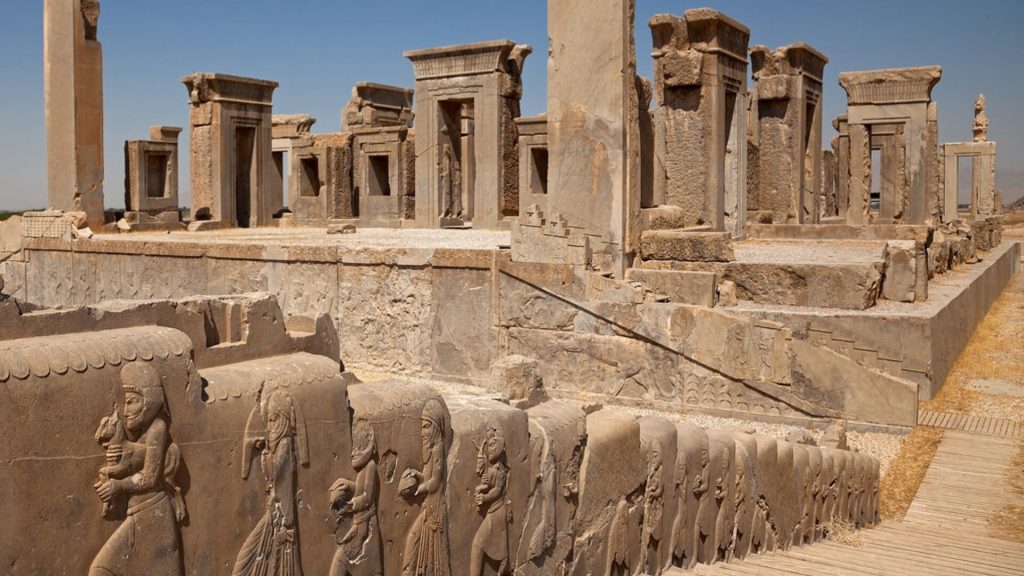
After they were conquered by the invading armies of Alexander the Great from Macedon in 330 BC, the Achaemenid Empire, the first Persian Empire, would cease to exsist. Even though there were attempts made by following dynasties to return Persia to what it once was, none would be successful in doing so.
They Constructed The Original Suez Canal
Under King Darius’s reign he ordered the construction of the canal that would bring together the Nile and the Red Sea using the Wadi. It was known as the Canal of the Pharaohs,the Ancient Suez Canal, or Necho’s canal; it went on a different course than the modern Suez Canal, but had the same purpose.

Suez inscriptions and the Ancient Greek historian Herodotus wrote about the canal opening during the reign of King Darius. However, other historians, Aristotle, and Pliny the Elder, have made claims that he failed to complete the canal.
Cyrus The Great Created A Tax System
From the time that people first started ruling over one another, they have been paying homage to their kings as a show of good faith and respect. This clearly was nothing new during the time of Cyrus the Great, he created something that no one had ever done before. He devised the empire’s first system for taxation, one in which his subjects would pay the empire and not pay him directly.

He would then allocate the money to fund public programs, grow his army, build new roads, irrigation systems and much more. It was a strange concept for the time but ended up being very effective.
Harnessing The Power Of The Wind
After people discovered that wind could be utilized to power and maneuver ships with sails, they invented the windmill. Despite this it is believed that Perisans were the first to actually use wind for power in daily tasks such as grinding grain and pumping water.

The very first documented panemone windmill design, or vertical axis windmill, is a Persian windmill and it dates back over 1,500 years. It was built with bundled reeds and wood, they would move much like revolving glass doors with the wind and would generate enough power to help with everyday jobs.
Mothers Nurtured And Cared For Their Sons Toill The Age Of Five
Persians had very strict cultural practices, especially when it came to nobility. The historian Herodotus reported that young boys of nobility were brought up by their mothers until the age of five, and then their fathers took over.

Between the ages of 5 and 20 the fathers would teach the boys essential skills like using a bow and arrow, riding horses, how to fight, as well as reading and writing. During this time most young men were expected to join the military from between the age of 20 and 24 Most boys were expected to join the military from the age of 20 to 24, and were liable for service until the age of 50.
They Had A Lot Of Influence On The Roman Military
The practice of using mounted warriors as an integral part of the military can be dated back to some Iranian tribes, later it would be adopted by the Achaemenids. However, this specific kind of soldier was mostly seen under the Parthians and later the Sassanids. These soldiers, known as Savaran, were chosen from the noble class and were highly respected.
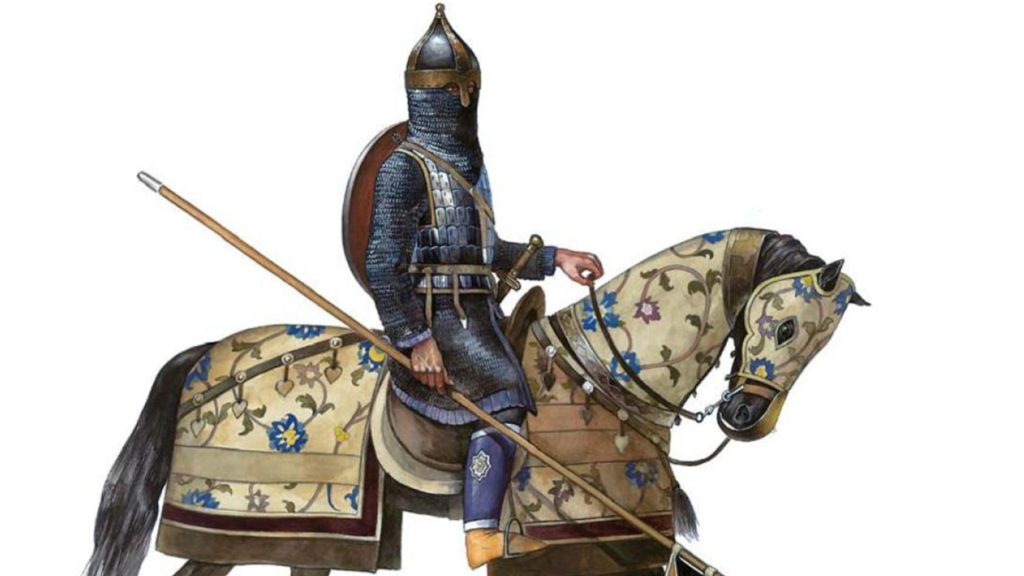
This kind of soldier greatly influenced Eastern Romans who created their own similar class of warrior.
They Introduced The Concept Of Military Uniforms
They pioneered the use of uniforms in the military, a concept that wasn’t always associated with the military. Iranian people were the first to come up with the idea of utilizing uniforms for their military.
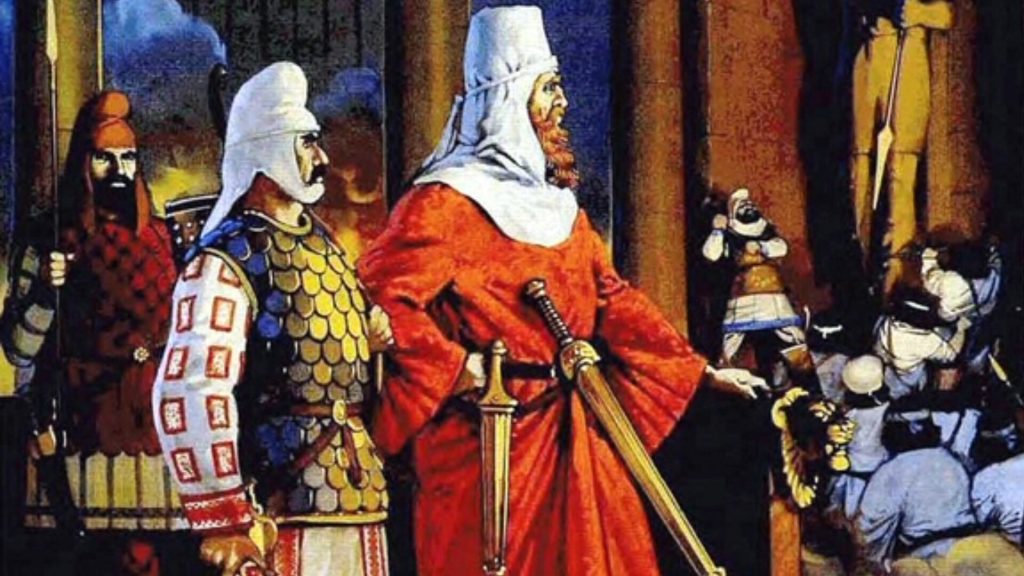
Soon to follow was the classical Greeks, and now is a common practice amongst all military all over the world.
They Created A Huge Road
After rebuilding and becoming more organized under the rule of Darius I, the Royal Road was built and served as a highway of sorts. The road was used to enable efficient communication throughout the empire from Susa to Sardis. It’s rumored that mounted couriers of the Angarium were able to travel 1677 miles from Susa to Sardis in only 9 days.

According to the historian Herodotus, “There is nothing in the world that travels faster than these Persian couriers. Neither snow nor rain nor heat nor gloom of night stays these couriers from the swift completion of their appointed rounds.”
The Ultimate Hub For Knowledge
One of the most notorious centers for learning in history was the Academy of Gondishapur. At its height under the Sasanians the academy was the center for knowledge, arts, and more. Eventually this would influence the Europeans and the Arabs.

The academy is also responsible for creating the hospital system. Students would train to be doctors there by shadowing and apprenticing.

